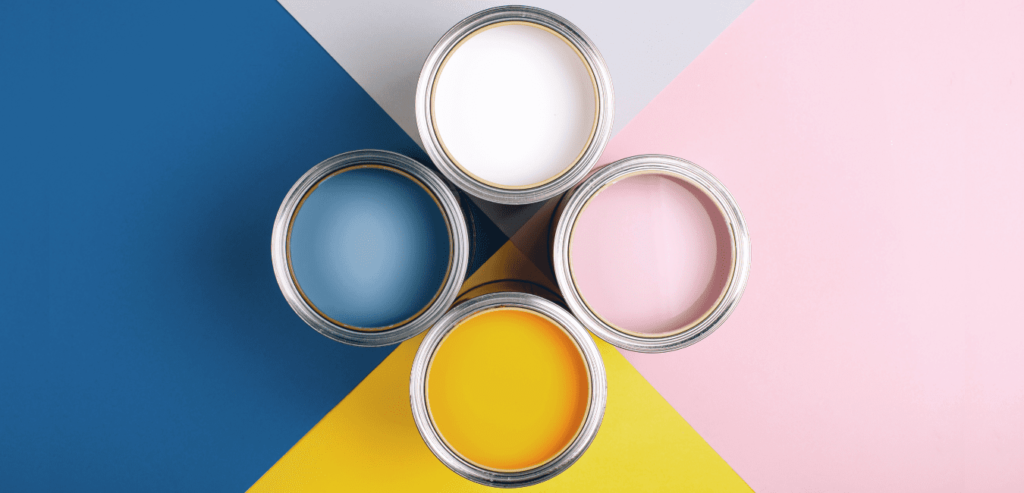Home buying is never just a financial decision; it’s deeply emotional. For many, a home signifies stability, a fresh start, or even a milestone of success. Have you ever walked into a house and just felt it was right? That gut feeling is a potent mix of aspiration, memory, and comfort. It’s why homes with a pleasant aroma or well-lit rooms can have such a profound impact. They play to our sense of nostalgia and well-being.
The Logic Behind the Feeling
Even though emotions play a big role, logic is the compass that keeps our decisions on track. This mindset comes into play when considering factors like the house’s price, its location, the neighborhood’s safety, and future resale value. While the heart might be drawn to a home because of its charming kitchen, the mind keeps tabs on practical aspects like plumbing, roofing, and overall maintenance.
The Influence of Others
As social beings, we can’t underestimate the sway our friends, family, and even societal trends have on our decisions. Think of the friend who emphasizes the need for a guest room or the parents who stress the importance of a good school district. Often, our choices in a home are subtly influenced by the people we care about and our inherent desire to fit in or meet perceived expectations.
The Fear of Missing Out (FOMO)
In today’s digital age, FOMO isn’t just limited to social events. Seeing peers or influencers showcasing their new homes on social media can sometimes add pressure or urgency to the buying process. This mindset can be a double-edged sword. On the one hand, it might motivate us to take the plunge. On the other, it could push us to rush a decision without thorough consideration.
The Future Forward Thinking
For many buyers, especially first-timers, purchasing a home isn’t just about the present. It’s a step into the future. This mindset involves thinking about potential life changes — maybe a new job, an expanding family, or picking up new hobbies that require space. A two-bedroom might work now, but will it suffice in five years? This forward-thinking approach is essential to ensure the home grows with you.
Conclusion: Balancing Heart and Head
The journey of home buying is a battle between the heart’s desires and the mind’s practicalities. Recognizing and understanding these psychological factors can lead to more informed, satisfying decisions. So, the next time you find yourself house hunting, take a moment to reflect on what’s driving your choices. You might find that achieving a balance between emotion and logic, future and present, will guide you to a place you can truly call home.


